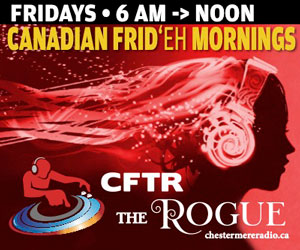So we’re settled in for the evening, watching a movie on TV, when a strange noise is heard coming from under the coffee table, along with a thumping sound. Our interest is piqued: how can these sounds be emanating from under the coffee table when the only thing under the table is Finn? With your dog sleeping, you ask yourself “is my dog dreaming?” If so, what in the world is he dreaming about?
Although we can’t be 100% sure that dogs do in fact dream, it seems highly likely that they do. At the structural level, the brains of dogs are similar to those of humans. Also, during sleep, the brain wave patterns of dogs are similar to those of humans and go through the same stages of electrical activity observed in humans, all of which are consistent with the idea that dogs are dreaming. Furthermore, research carried out by Matthew Wilson and Kenway Louie of the Massachusetts Institute of Technology has shown that animals less intelligent than dogs exhibit the same brain wave activity and at the same stage of sleep as humans which gives a strong indication than dogs do dream.
So what do dogs dream about? That is a question we are never likely to fully comprehend. A tail wagging in a dream would suggest some form of excitement, a growling with gnashed teeth would suggest a negative encounter of some kind and paws running would suggest chasing something. But a more detailed picture of what exactly is going through a dog’s mind during a dream is yet unknown.
Should you wake dogs that are dreaming? As with humans, the general consensus is “no” unless they are physically harming themselves as a result of the dream. Note: approximately 60% of dog bites in children occur when a child wakes a sleeping dog, so teach youngsters to let their doggies nap or, as the old adage says “let sleeping dogs lie”.
So do all dogs dream the same amount? Apparently not. Smaller dogs seem to have more dreams that their larger friends. Research by Stanley Coren, a professor emeritus of psychology at the University of British Columbia and the author of “Do Dogs Dream? Nearly Everything Your Dog Wants You to Know”, illustrated that the length and frequency of dreams may be related to the dog’s size. A toy poodle may dream every 10 minutes, while a labrador retriever may only dream once every 60-90 minutes. However, the poodle’s dreams may last only a minute while the labrador’s dreams may be 5-10 minutes long. How this translates for my dog Finn, who is a labradoodle, goodness only knows! Dream length and frequency are also related to the amount of sleep required. A large dog that has an active day outside may sleep more soundly and experience longer phases of REM (Rapid Eye Movement) sleep, giving him more dream time.
So the bottom line is: dreaming is a normal, healthy occurrence and is part of a regular 24 hour cycle of wakefulness and sleep. Let Fluffy dream on!







